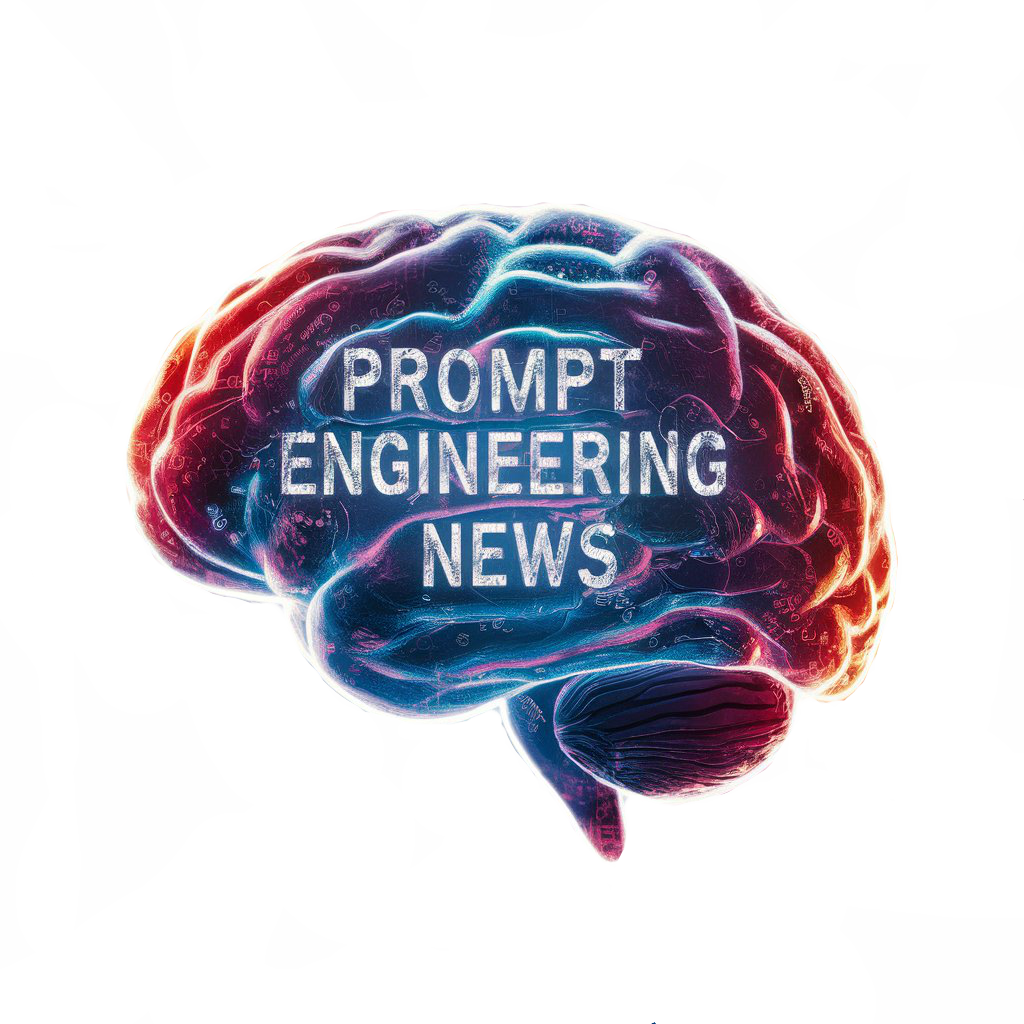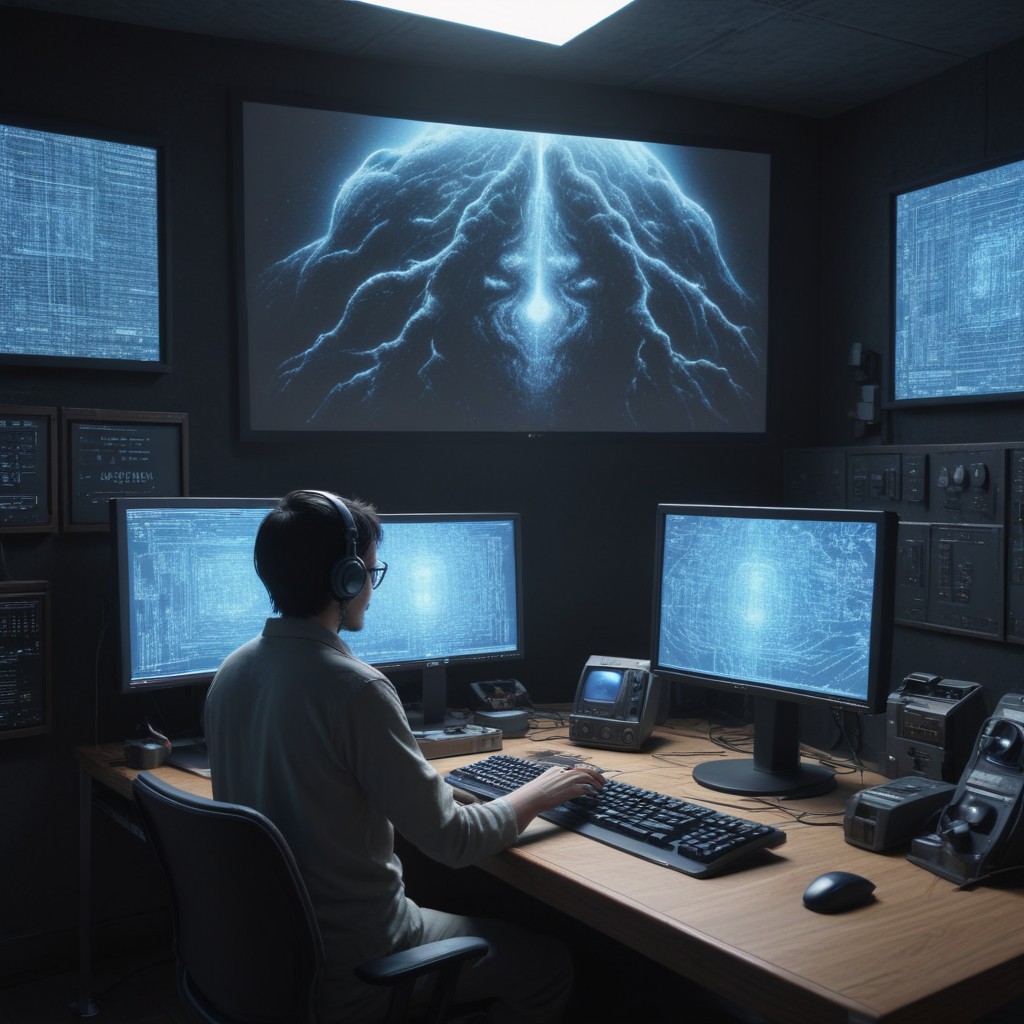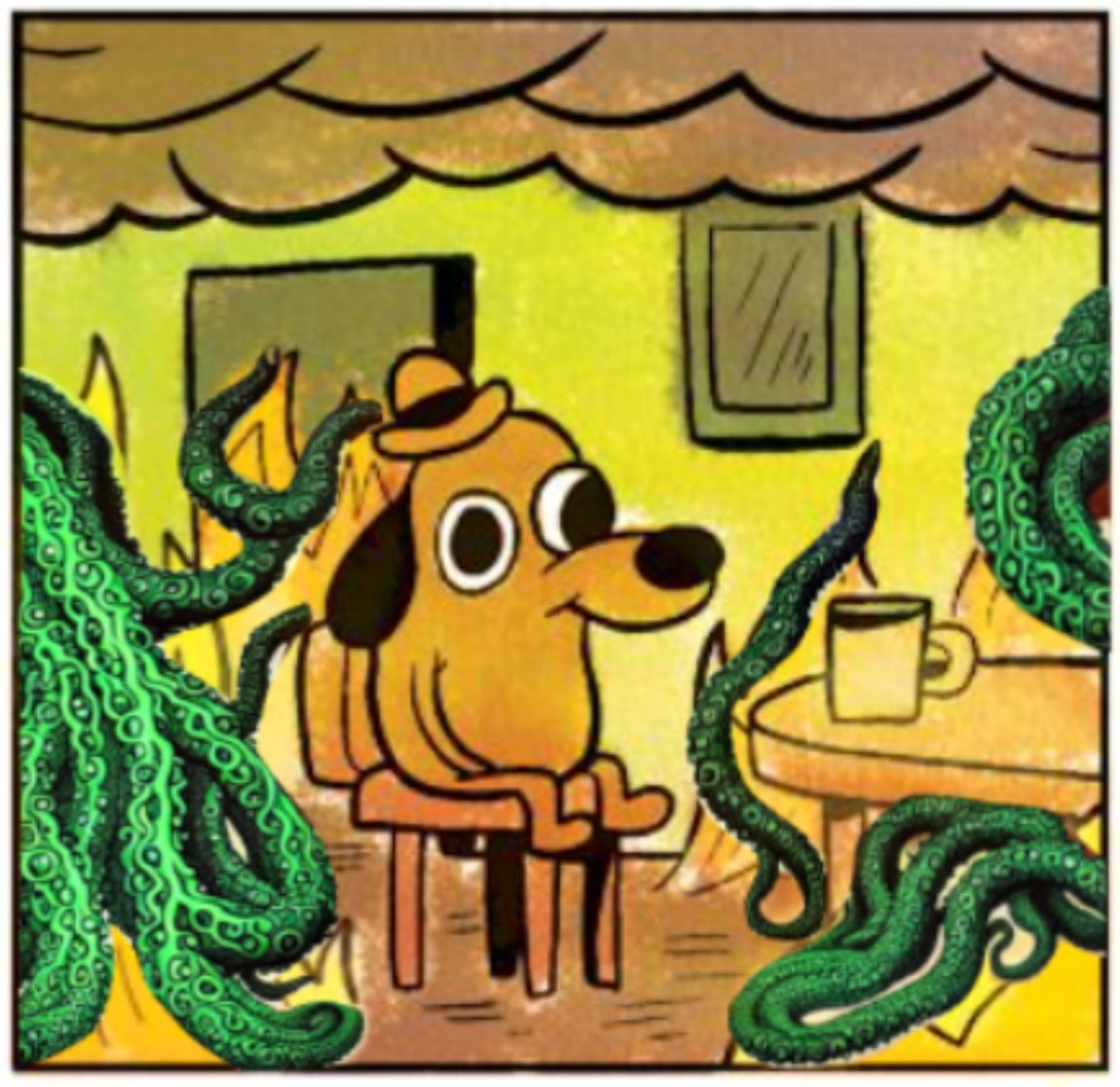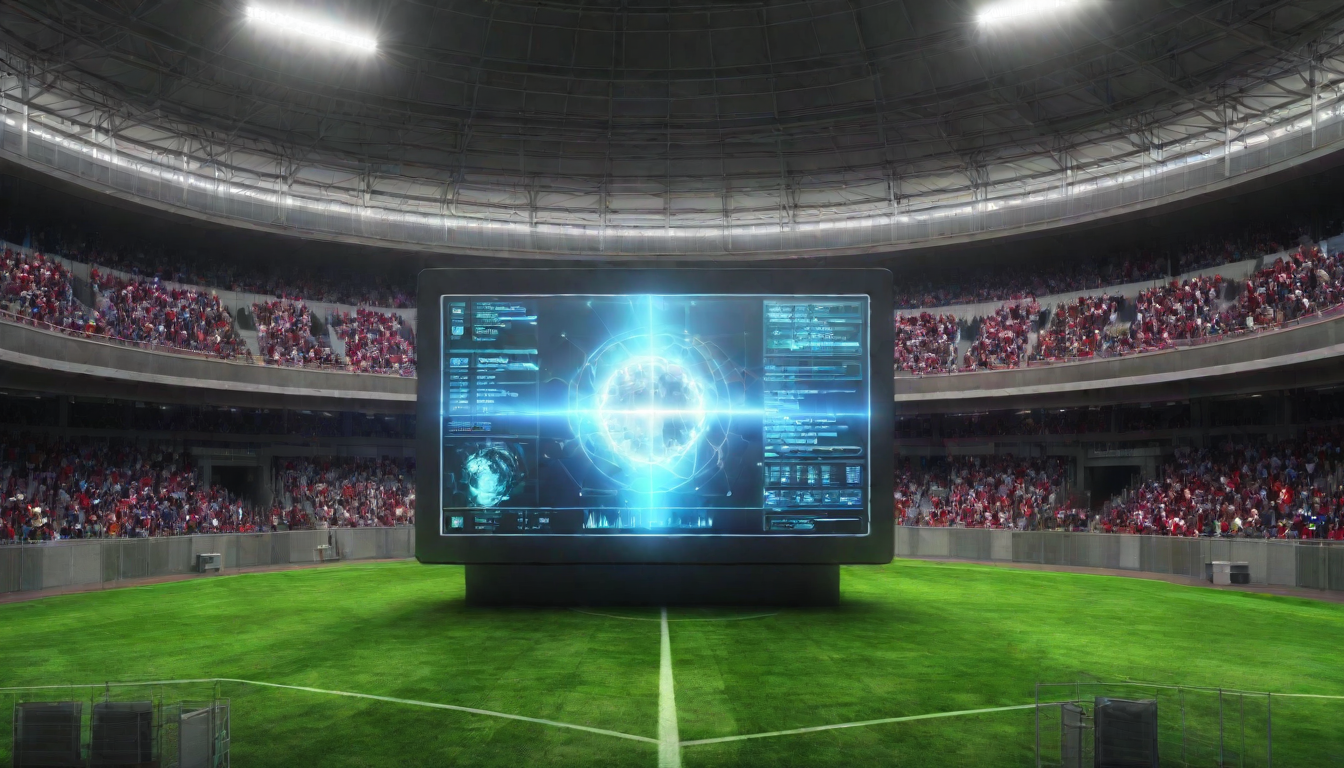The Landscape of Computer Vision: A Realm of Possibilities
In the vast expanse of the AI universe, computer vision models stand tall as the sentinels of perception. These extraordinary creations possess the ability to interpret and understand the visual world, much like how humans process the images that surround them. The landscape of computer vision is a realm of endless possibilities, where algorithms and data converge to give birth to intelligent systems capable of deciphering the intricacies of visual information
As we embark on this journey into the world of object detection models, we find ourselves at the precipice of a technological revolution. The advancements in computer vision have opened up new frontiers, enabling machines to perceive and interact with their environment in ways that were once confined to the pages of science fiction. From self-driving cars to medical diagnostics, the applications of object detection models are as diverse as they are profound.
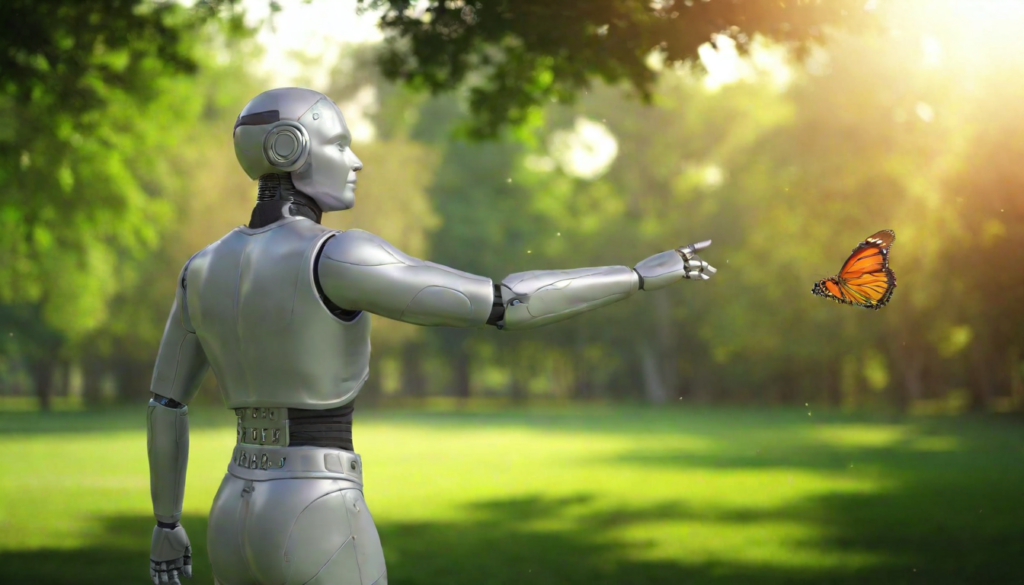
Object Detection Models: Answering the Call for Intelligent Perception
In the midst of this digital renaissance, object detection models emerge as the unsung heroes of computer vision. These sophisticated algorithms are designed to locate and identify objects within an image or video stream, providing machines with the power of intelligent perception. The call to adventure for these models is to bridge the gap between raw pixels and meaningful understanding, enabling computers to make sense of the visual world around them.
Object detection models operate by breaking down an image into smaller regions and analyzing each region for the presence of specific objects. They employ a combination of deep learning architectures, such as convolutional neural networks (CNNs) and region proposal networks (RPNs), to extract features and make predictions about the objects present in the image. The result is a system that can accurately detect and localize objects, even in complex and cluttered scenes.
Challenges and Limitations: The Hurdles in Adopting Object Detection Models
Despite their remarkable capabilities, object detection models are not without their challenges and limitations. The refusal of the call to adopt these models often stems from the inherent complexities involved in their development and deployment. Training object detection models requires vast amounts of annotated data, which can be time-consuming and costly to acquire. Moreover, the computational resources needed to train and run these models can be substantial, posing challenges for organizations with limited infrastructure.
Another hurdle in the adoption of object detection models is the issue of generalization. While these models excel at detecting objects they have been trained on, they may struggle with novel or unseen objects. This limitation highlights the need for continual learning and adaptation to ensure that object detection models can handle the ever-evolving nature of the visual world.
Learning from the Giants: Insights from Well-Known Computer Vision Models
As we venture further into the realm of object detection, it is essential to seek guidance from the giants that have paved the way. Well-known computer vision models, such as YOLO (You Only Look Once), Faster R-CNN, and SSD (Single Shot MultiBox Detector), have set the standard for object detection and have provided valuable insights into the design and implementation of these systems.
YOLO, for instance, revolutionized object detection by framing it as a regression problem, enabling real-time performance with impressive accuracy. Faster R-CNN introduced the concept of region proposal networks, significantly reducing the computational overhead associated with object detection. SSD, on the other hand, demonstrated the effectiveness of using multiple feature maps at different scales to detect objects of varying sizes.
Entering the Arena: Diving into the Technical Intricacies of Object Detection Models
As we cross the threshold and delve deeper into the technical intricacies of object detection models, we find ourselves in a world of complex algorithms and intricate architectures. At the heart of these models lies the convolutional neural network (CNN), a powerful deep learning framework that excels at extracting hierarchical features from images.
Object detection models typically consist of two main components: a backbone network for feature extraction and a detection network for object localization and classification. The backbone network, often pre-trained on large-scale image datasets like ImageNet, learns to capture rich and discriminative features from the input image. These features are then fed into the detection network, which employs techniques such as anchor boxes and non-maximum suppression to generate precise object bounding boxes and class probabilities.
The Pros and Cons: Navigating the Strengths and Weaknesses of Object Detection Models
As we navigate the landscape of object detection models, it is crucial to weigh their strengths and weaknesses. On the positive side, object detection models have demonstrated remarkable accuracy and robustness in detecting and localizing objects across a wide range of domains. They have the ability to process images and videos in real-time, enabling applications that require immediate feedback and decision-making.
However, object detection models are not without their limitations. One significant challenge is the trade-off between accuracy and speed. Models that prioritize accuracy often require more computational resources and may suffer from slower inference times, while models optimized for speed may sacrifice some level of detection precision. Additionally, object detection models can be sensitive to variations in object scale, orientation, and occlusion, requiring careful training and fine-tuning to handle these challenges effectively.
Real-World Applications: How Object Detection Models are Shaping Industries
As we approach the inmost cave of real-world applications, we witness the transformative power of object detection models across various industries. In the automotive sector, object detection models form the backbone of advanced driver assistance systems (ADAS) and autonomous vehicles. By detecting and tracking objects such as pedestrians, vehicles, and road signs, these models enable safer and more efficient navigation.
In the realm of surveillance and security, object detection models have become indispensable tools for monitoring and threat detection. They can automatically identify and track individuals, detect suspicious activities, and alert authorities in real-time. The healthcare industry has also benefited from object detection models, with applications ranging from medical image analysis for disease diagnosis to surgical instrument tracking during procedures.
Facing the Challenges: Overcoming Obstacles in Implementing Object Detection Models
As we face the ordeal of implementing object detection models in real-world scenarios, we encounter various challenges that must be overcome. One significant hurdle is the need for large and diverse training datasets. Object detection models require a vast amount of annotated data to learn and generalize effectively. Collecting and labeling such datasets can be a time-consuming and resource-intensive process.
Another challenge lies in the deployment and integration of object detection models into existing systems and workflows. Ensuring seamless integration, compatibility, and scalability can be complex, especially in environments with legacy infrastructure or limited computational resources. Moreover, the continuous evolution of object detection algorithms and architectures necessitates regular updates and maintenance to keep the models up to date with the latest advancements.
The Triumphs of Object Detection: Showcasing Successful Implementations
Despite the challenges, the rewards of successfully implementing object detection models are immense. The triumphs of object detection can be seen in numerous real-world applications that have revolutionized industries and improved lives. One notable example is the use of object detection models in autonomous vehicles, such as those developed by companies like Tesla and Waymo. These models enable vehicles to perceive and understand their surroundings, making self-driving cars a reality.
In the retail sector, object detection models have been employed for automated shelf monitoring and inventory management. By detecting and tracking products on store shelves, these models can help retailers optimize stock levels, reduce out-of-stock situations, and improve the overall shopping experience for customers. The success stories of object detection models span across industries, from manufacturing and logistics to entertainment and gaming.

The Future of Object Detection: Emerging Trends and Potential Breakthroughs
As we embark on the road back from our exploration of object detection models, we catch a glimpse of the future that awaits. The field of object detection is rapidly evolving, with emerging trends and potential breakthroughs on the horizon. One promising direction is the development of unsupervised and self-supervised learning techniques, which aim to reduce the reliance on labeled data and enable models to learn from vast amounts of unlabeled visual information.
Another exciting trend is the integration of object detection models with other AI technologies, such as natural language processing and reasoning systems. By combining visual perception with language understanding and logical reasoning, we can create more intelligent and context-aware systems capable of comprehending and interacting with the world in more sophisticated ways.
Evolving with the Times: How Object Detection Models are Adapting to New Challenges
As the world around us continues to change and evolve, so too must the object detection models that serve as our visual guides. The resurrection of these models lies in their ability to adapt to new challenges and embrace emerging technologies. One such challenge is the need for increased robustness and resilience in the face of adversarial attacks and data poisoning attempts. Researchers are exploring techniques such as adversarial training and defensive distillation to make object detection models more resistant to malicious manipulations.
Another area of adaptation is the incorporation of 3D information into object detection models. By leveraging depth data from sensors like LiDAR and stereo cameras, object detection models can gain a more comprehensive understanding of the spatial relationships between objects, enabling more accurate and reliable detection in complex scenes.
The Impact of Object Detection Models: Transforming the Landscape of Computer Vision AI
As we return with the elixir of knowledge gained from our journey into object detection models, we recognize the profound impact these models have had on the landscape of computer vision AI. Object detection models have transformed the way machines perceive and interact with the visual world, opening up new possibilities for automation, intelligent decision-making, and human-machine collaboration.
From enabling safer and more efficient transportation to revolutionizing medical diagnostics and enhancing public safety, object detection models have become the unsung heroes of the AI era. As we continue to push the boundaries of what is possible with computer vision, we can expect object detection models to play an increasingly crucial role in shaping the future of technology and society.
Examples of Object Detection Models:
- YOLO (You Only Look Once): https://pjreddie.com/darknet/yolo/
- Faster R-CNN: https://github.com/ShaoqingRen/faster_rcnn
- SSD (Single Shot MultiBox Detector): https://arxiv.org/abs/1512.02325
- RetinaNet: https://arxiv.org/abs/1708.02002
- EfficientDet: https://github.com/google/automl/tree/master/efficientdet
In conclusion, object detection models have emerged as the guardians of visual perception in the realm of computer vision AI. Through their ability to locate and identify objects within images and videos, these models have unlocked a world of possibilities and transformed industries across the globe. As we continue to explore the frontiers of object detection, we stand on the precipice of a future where machines and humans collaborate seamlessly, guided by the power of intelligent perception. The journey into the world of object detection models has been one of challenges, triumphs, and endless potential, and as we return with the elixir of knowledge, we are equipped to shape the future of computer vision AI and beyond.
